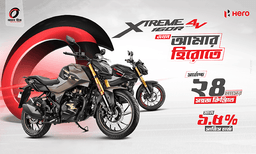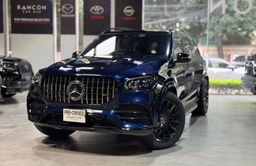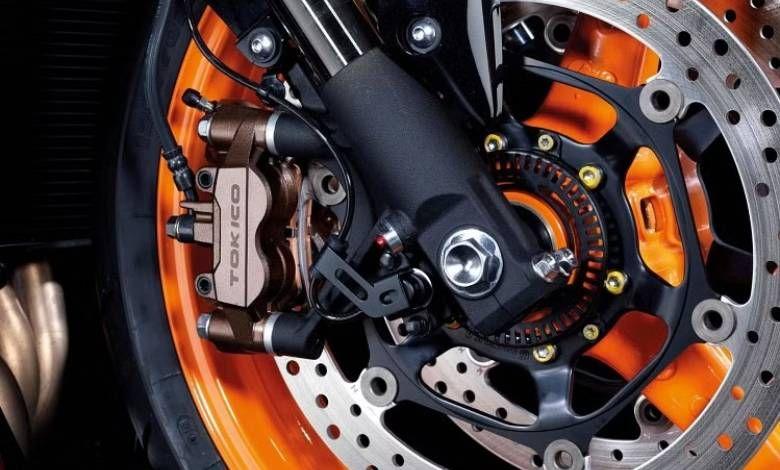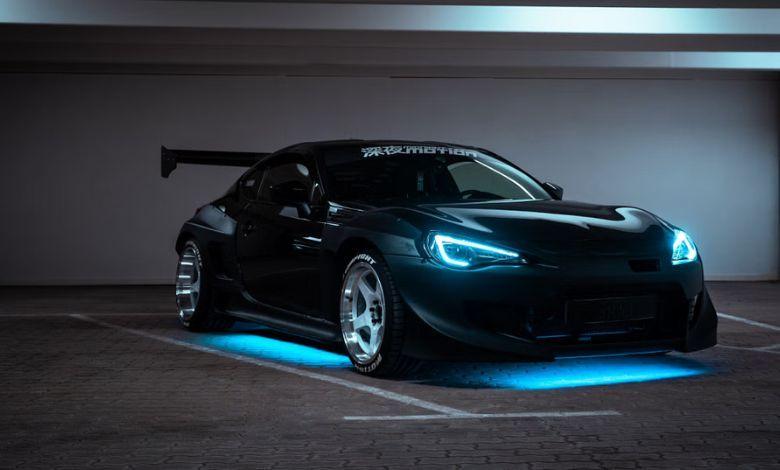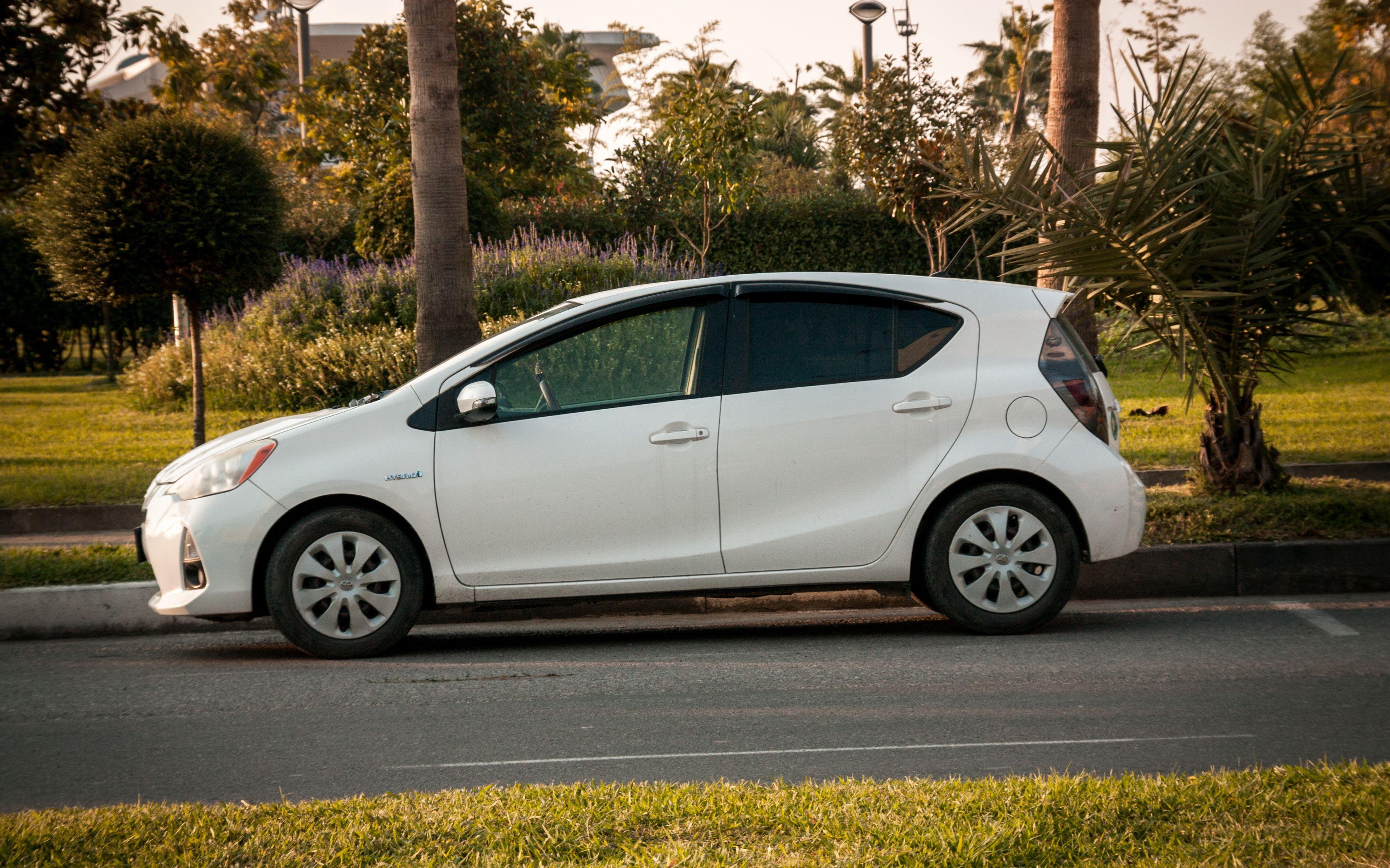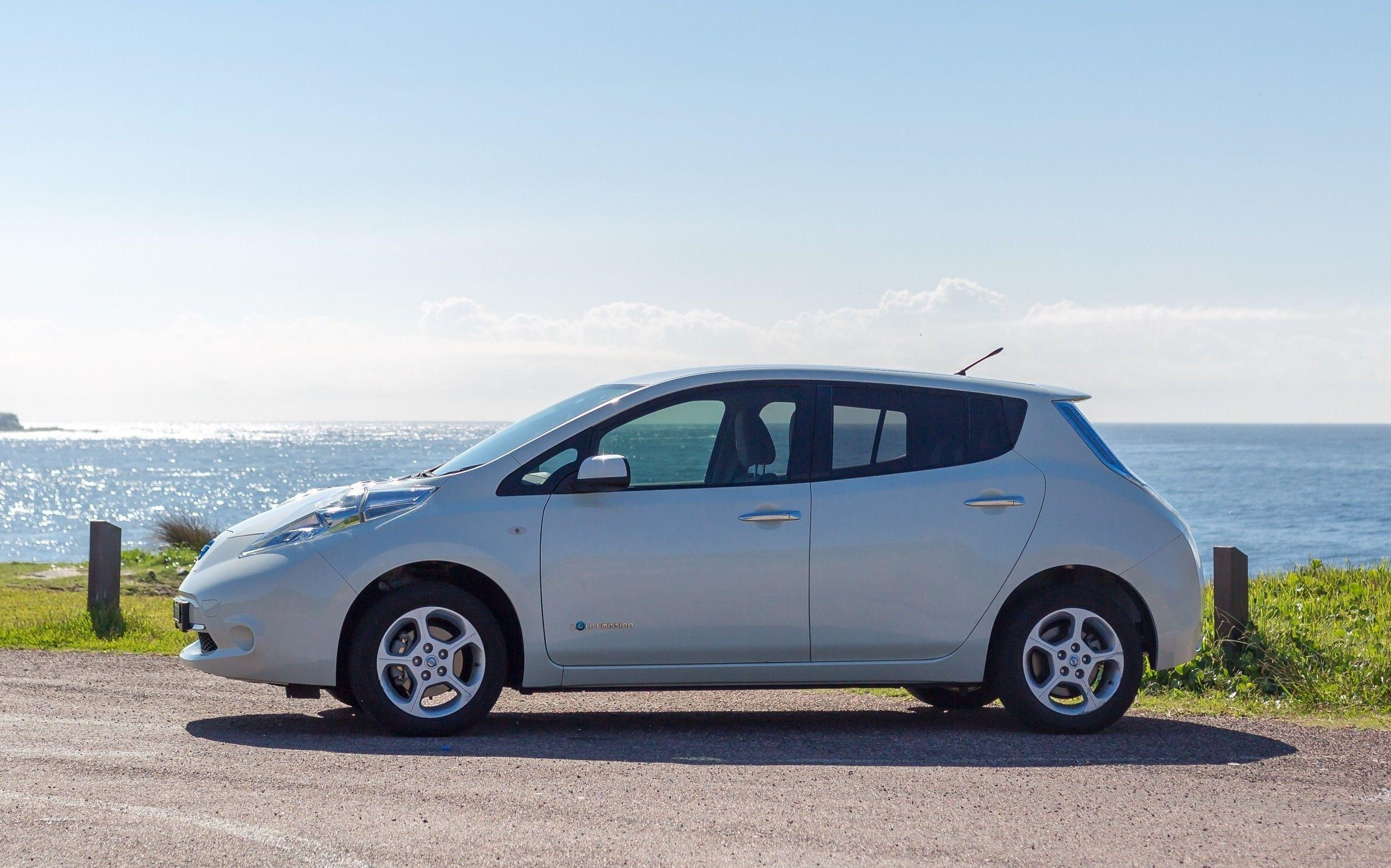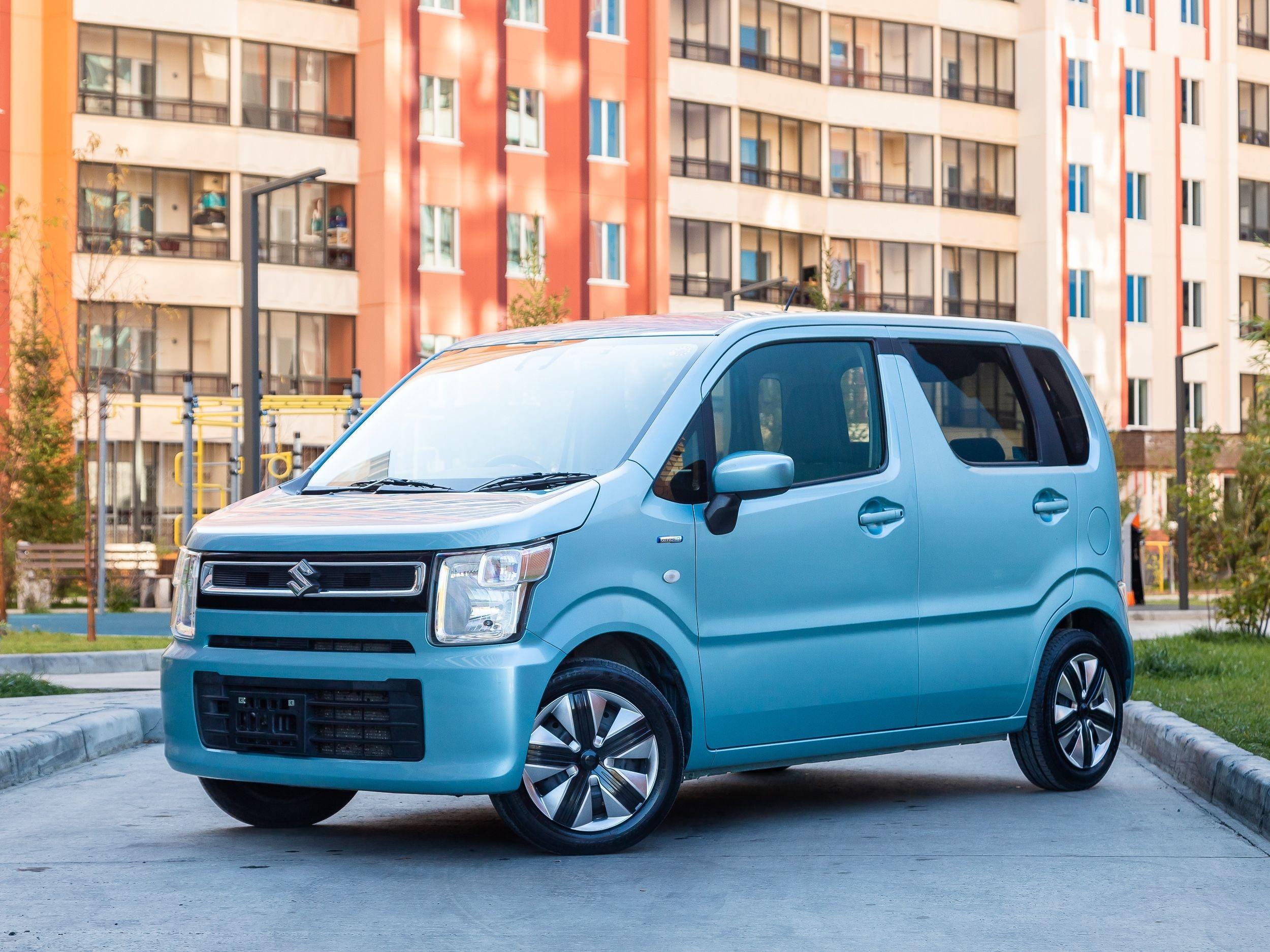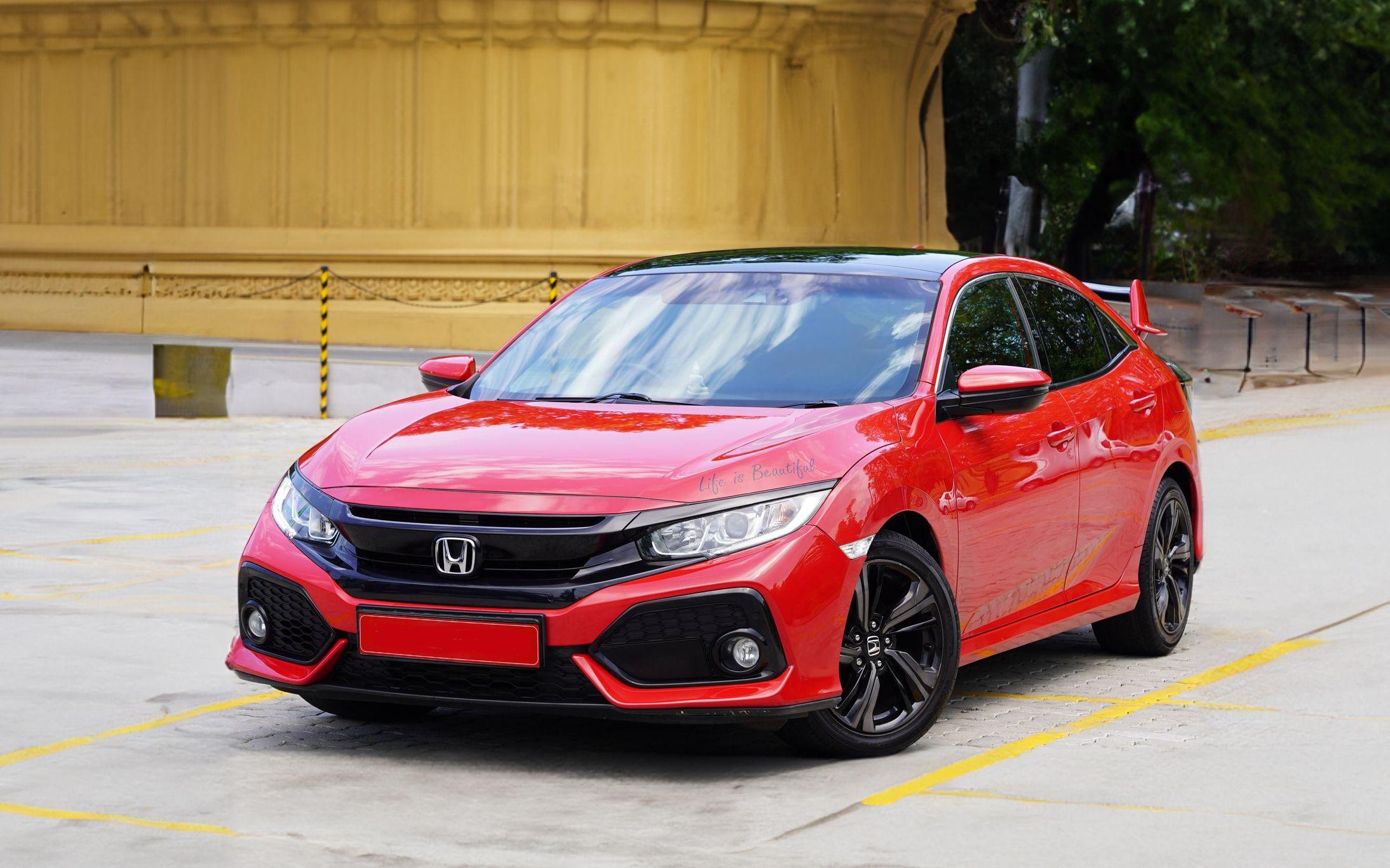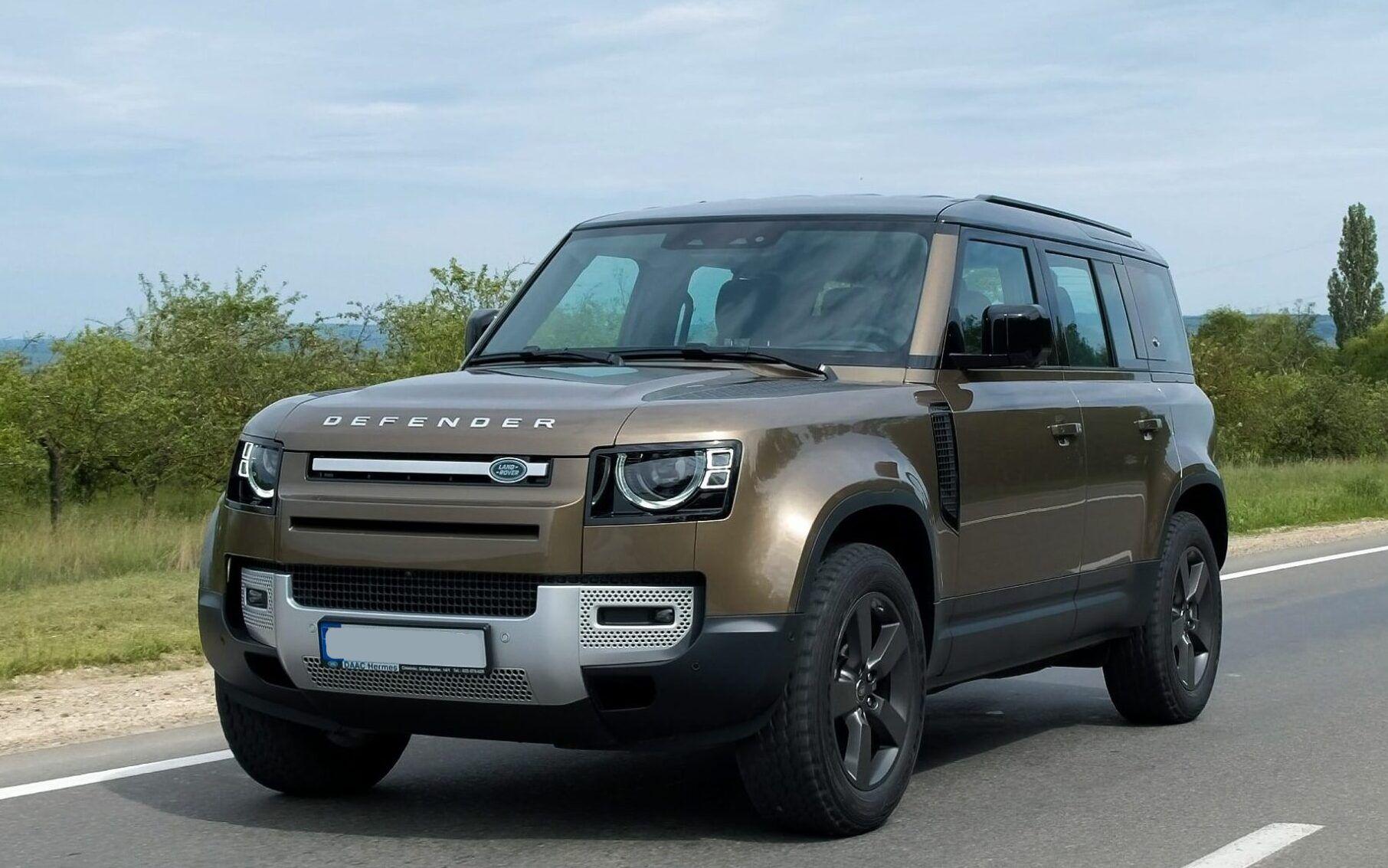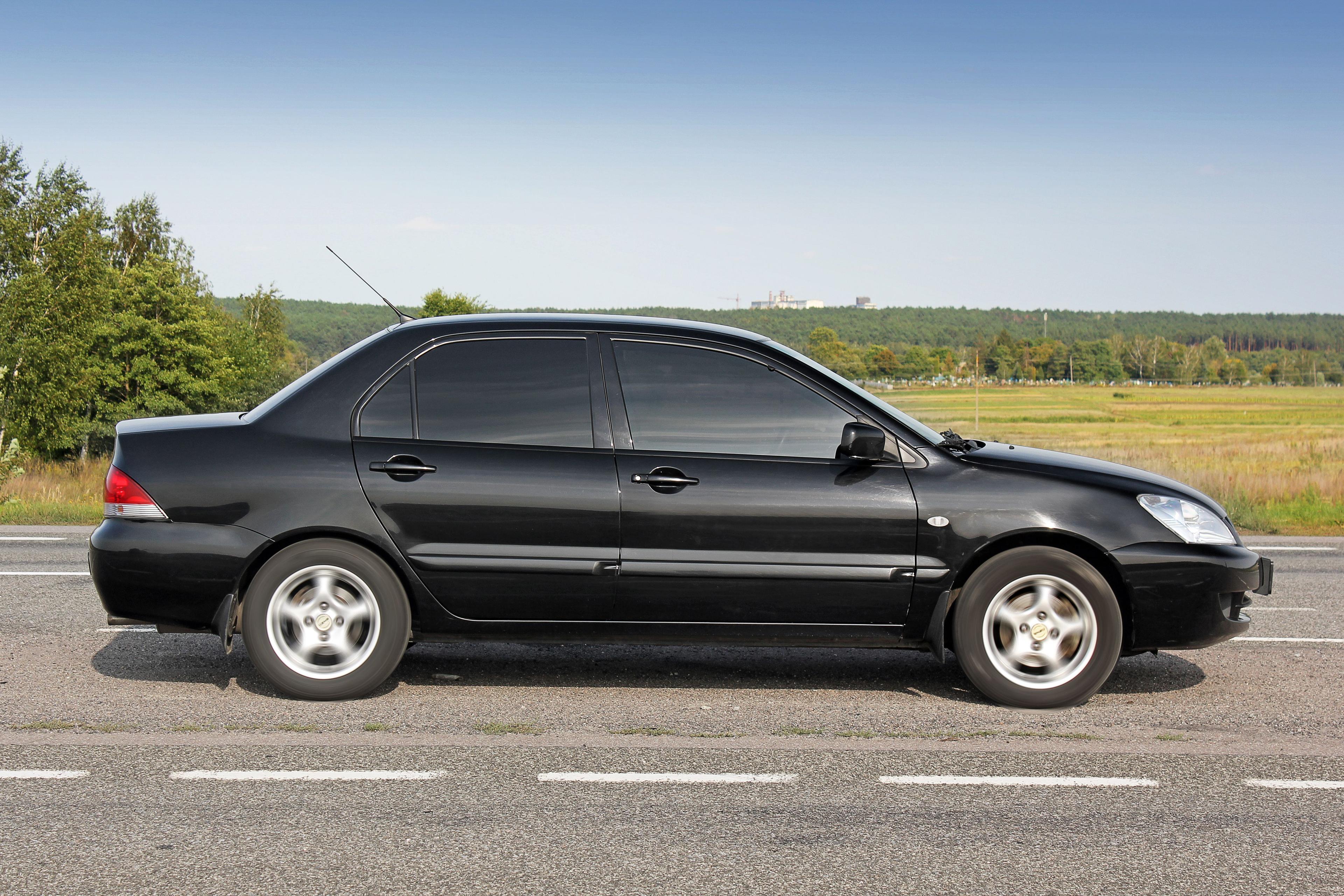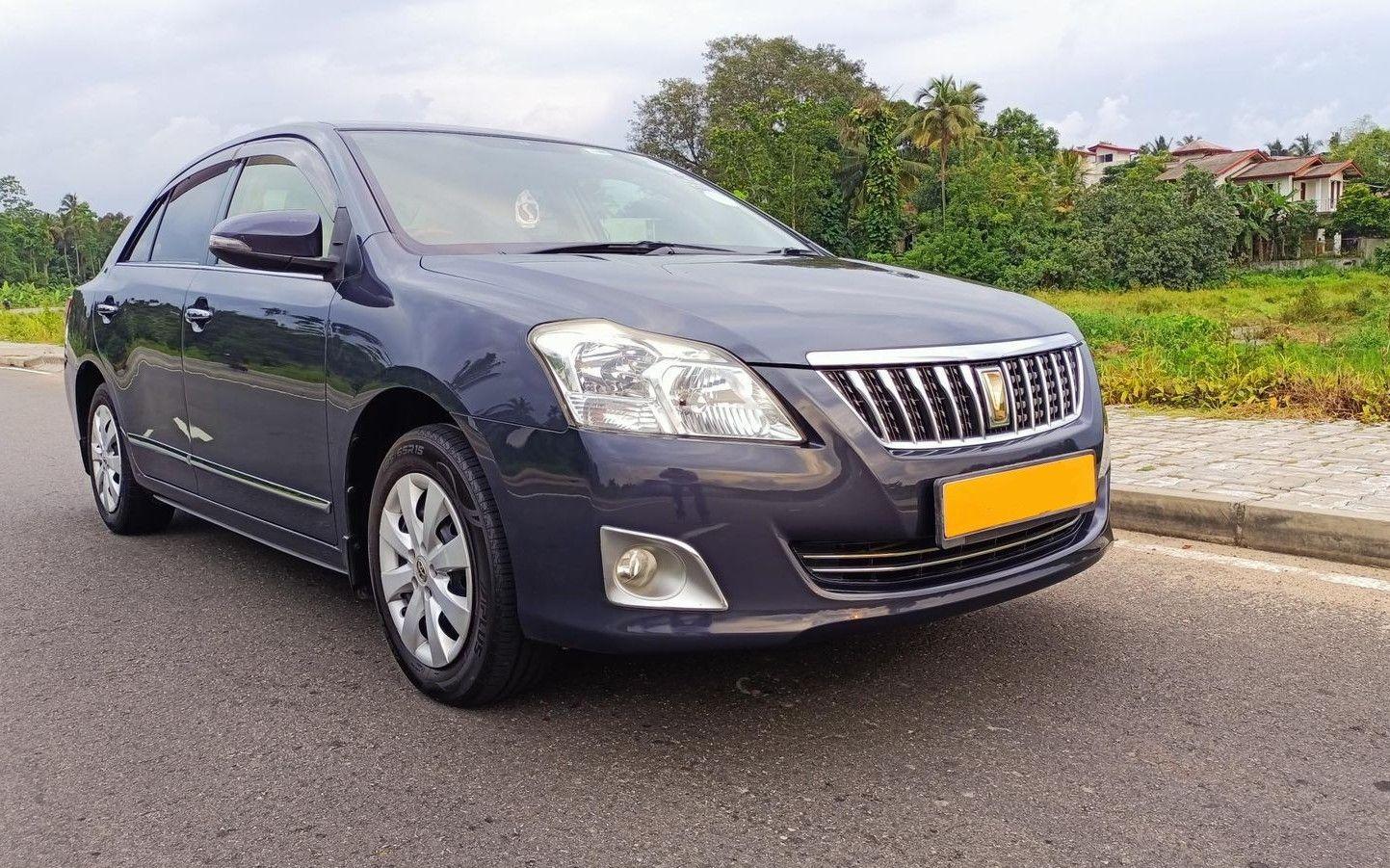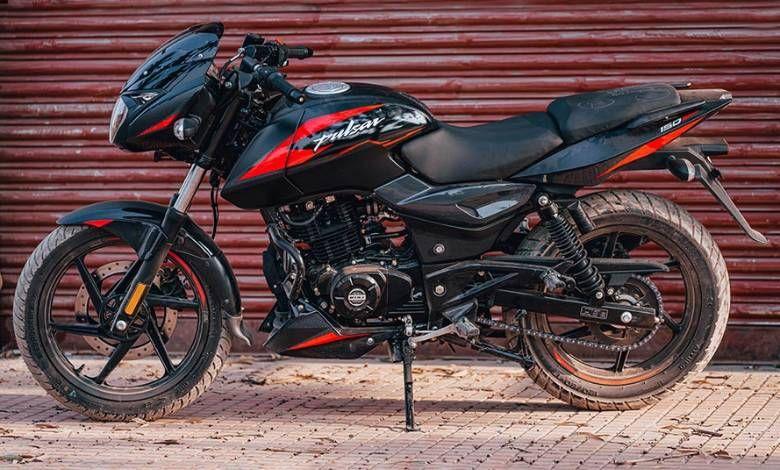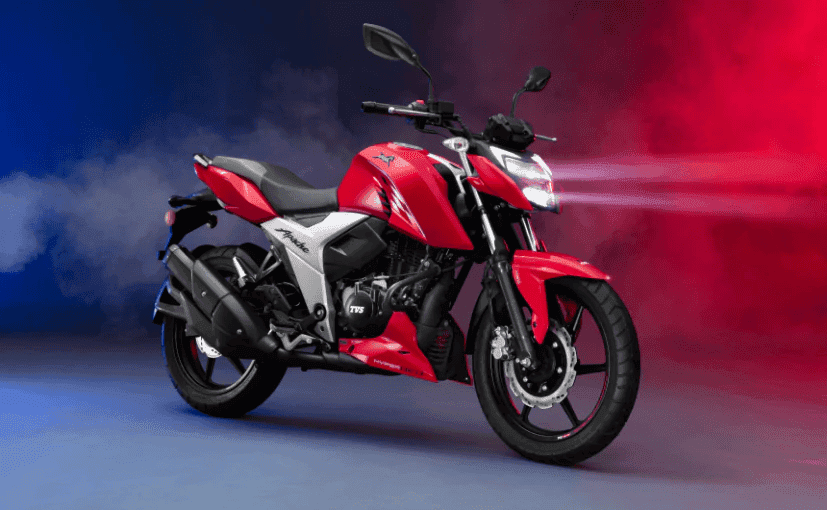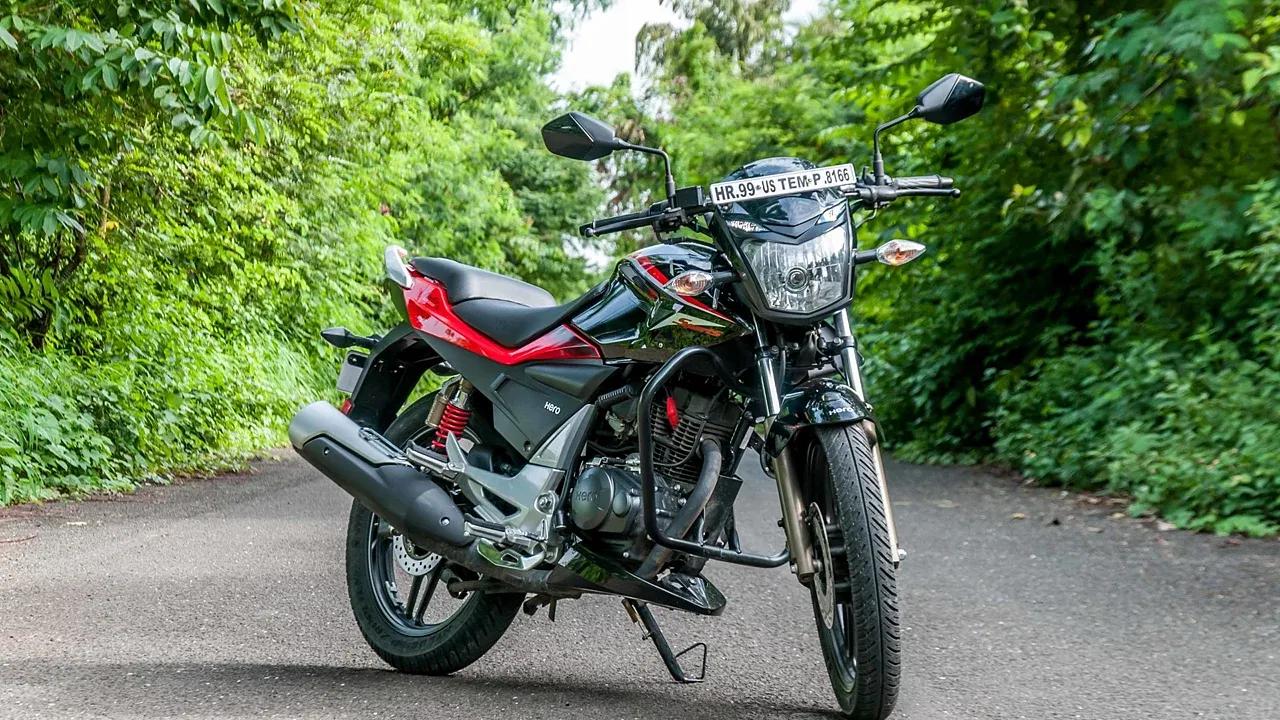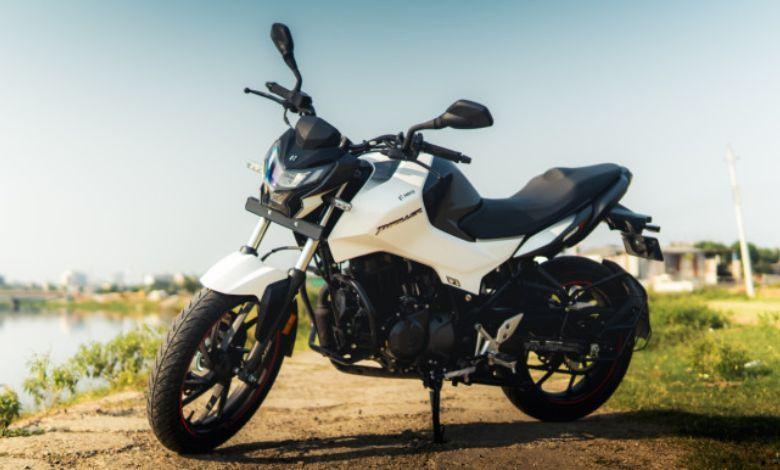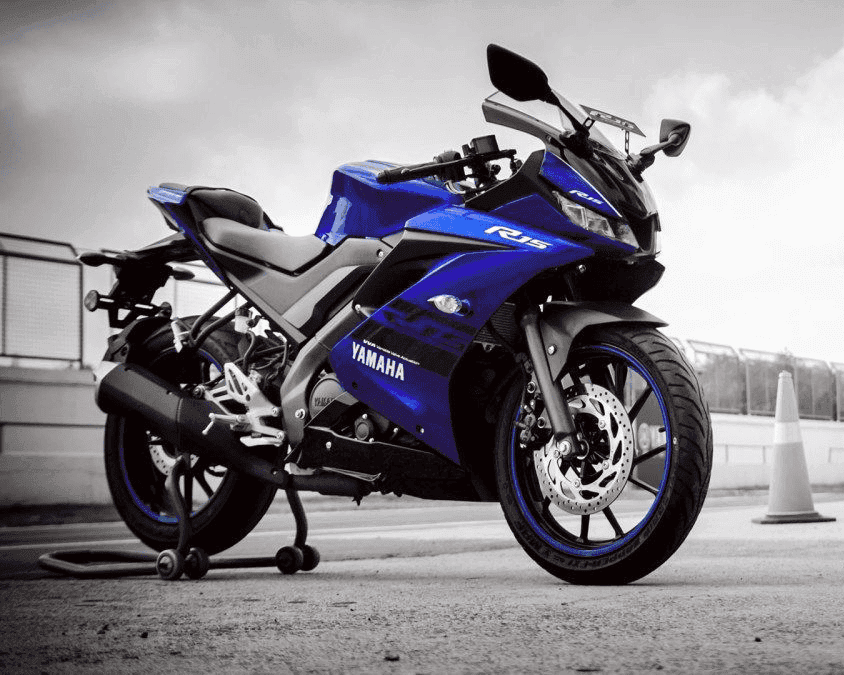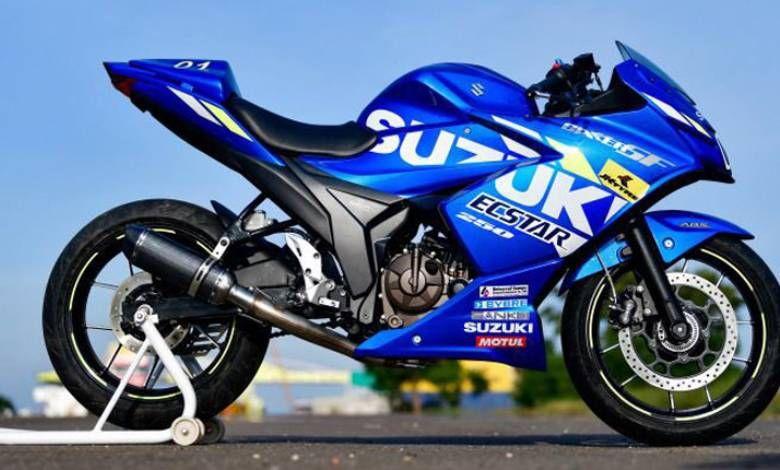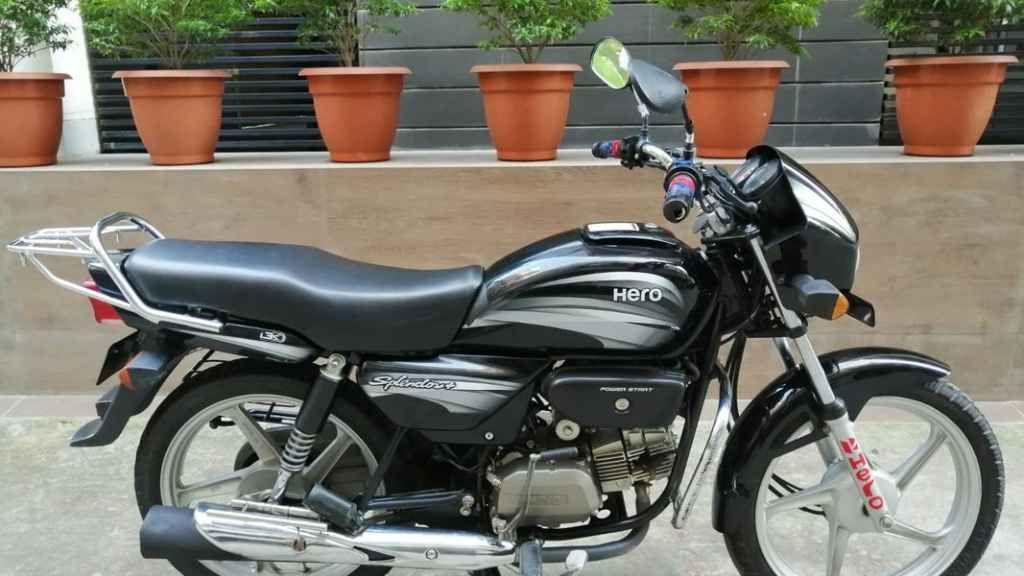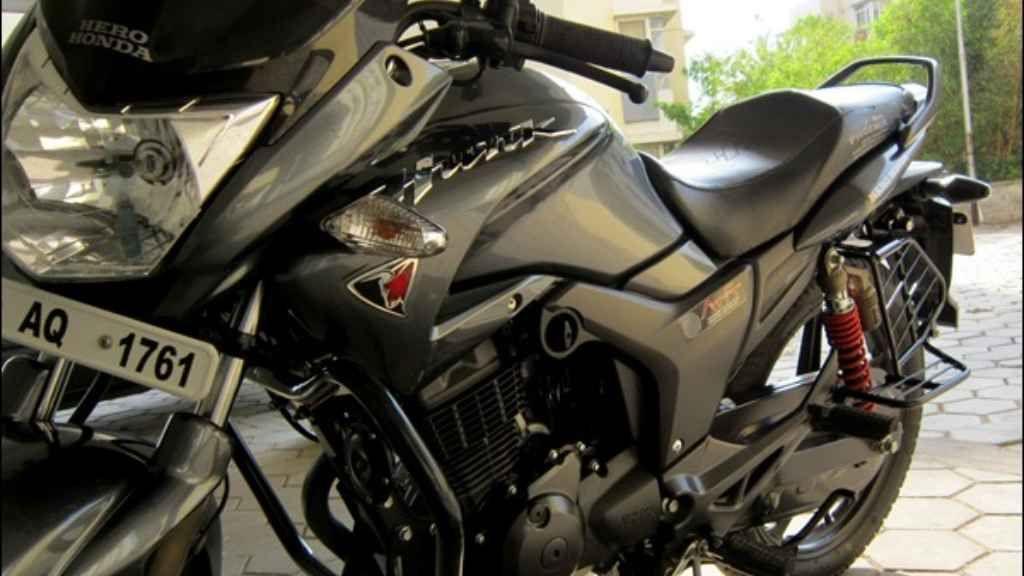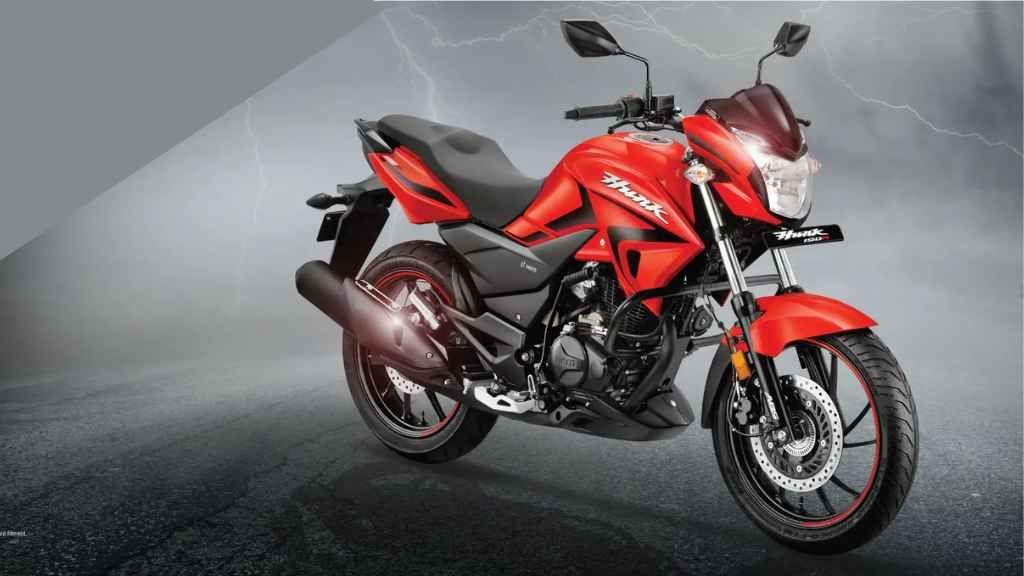What Is a Motorcycle Fog Light? Detailed Discussion
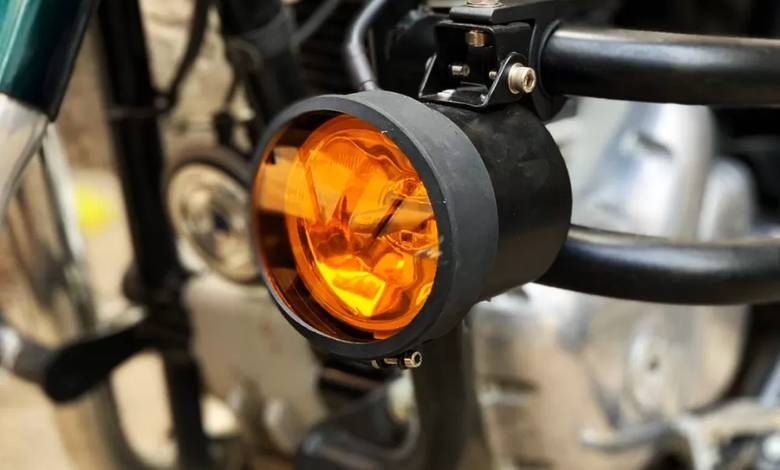
Fog Lights
Motorcycle fog lights typically refer to a type of light used to enhance visibility in adverse weather conditions, especially in foggy situations. Currently, motorcycles have halogen or LED headlights, which are often insufficient for riding on highways or foggy roads at night. This makes night riding quite risky. Therefore, fog lights are used, playing a crucial role in ensuring visibility and safety for riders and other road users. In this Bikesguide blog, today we will discuss the key aspects of motorcycle fog lights, including their purpose, types, installation, and more.
Purpose of Fog Lights on Motorcycles
Fog lights are primarily designed to aid visibility. When adverse weather reduces your ability to see the road ahead, fog lights serve as a very effective solution. Fog lights can cut through fog, rain, and even dust because they are mounted lower than the vehicle's headlights. The unique beam pattern and color temperature of fog lights help reduce glare and reflection, allowing the rider to see the road ahead more clearly.
Types of Motorcycle Fog Lights
Halogen Fog Lights
Halogen fog lights are among the traditional choices for motorcycles. They are relatively affordable and provide a warm, yellow light that is very effective at cutting through fog. However, they are less efficient and less powerful compared to newer technologies. The use of these fog lights has significantly decreased.
LED Fog Lights
LED (Light Emitting Diode) fog lights have gained popularity due to their power, efficiency, and durability. They produce a bright, white light that enhances visibility in adverse conditions. A major advantage of LED lights is their long lifespan.
HID (High-Intensity Discharge) Fog Lights
HID fog lights produce high-intensity light using a gas-filled bulb. They are well-known for their brightness and color temperature. While these lights offer excellent visibility, HID lights have a longer warm-up time compared to LEDs.
Auxiliary Light Bars
Some riders opt for auxiliary light bars in addition to standard fog lights. These can include LED light bars mounted on the motorcycle's frame or handlebars, which are effective for off-road riding.
Motorcycle Fog Light Usage and Installation
Installing fog lights on a motorcycle involves several key steps:
Selecting the Right Lights
Choose fog lights that are suitable for your motorcycle model and meet legal requirements. Consider factors such as brightness, color temperature, and energy efficiency.
Mount Placement
Determine the optimal mounting position for the fog lights. Typically, the front fork, crash bars, or the motorcycle's fairing can be used for placement. Ensure that the chosen location provides adequate light output.
Wiring and Electrical Connection
Correct wiring is crucial for the functionality of fog lights. Connect the lights to the motorcycle's electrical system, ensuring that the wiring is securely positioned. Use a relay to avoid overloading the motorcycle's electrical circuit.
Switching Mechanism
Install a reliable switch to control the fog lights. This switch should be easily accessible to the rider, allowing you to turn the fog lights on or off as needed. Some riders integrate fog lights with the motorcycle's existing controls, while others install a separate switch.
Importance of Motorcycle Fog Lights
Visibility
The primary benefit of motorcycle fog lights is that they provide improved visibility in adverse weather conditions. Their unique beam pattern and color temperature are designed to cut through fog, rain, and snow, providing a clear view of the road.
Safety
Fog lights enhance safety by reducing the likelihood of accidents in low-visibility conditions. They make the motorcycle more visible to other road users and help the rider navigate safely through challenging weather.
Adaptability to Riding Conditions
Fog lights can be used not only in foggy weather but also in other challenging conditions like heavy rain or snow. This is a great advantage for riders.
Off-Road Riding
For riders engaged in off-road adventures, auxiliary fog lights or light bars serve as a great aid. These lights provide additional illumination for trails, hilly roads, or remote areas where headlight illumination is insufficient.
Customization and Aesthetics
Fog lights offer riders the opportunity to customize their motorcycle's design. Various types of lights and mounting styles can contribute positively to the bike's overall design.
Legal Considerations
Before installing fog lights on a motorcycle, riders should be aware of and comply with local regulations and laws governing the use of auxiliary lighting. There are specific rules regarding the color, brightness, and placement of additional lights on motorcycles. Failure to comply with these regulations can result in fines or legal consequences. To learn more, read - Is fog light illegal in Bangladesh?
Maintenance and Care
To ensure the long lifespan and effectiveness of motorcycle fog lights, regular maintenance is essential. Checking the wiring and cleaning the light lenses are crucial tasks where the rider needs to be very careful. To maintain optimal performance, any issues such as burnt-out bulbs or electrical problems should be addressed by the rider immediately.
Conclusion
Motorcycle fog lights play a crucial role in enhancing visibility and safety during adverse weather conditions. The choice of fog lights, whether halogen, LED, or HID, depends on personal preference and riding requirements. Riders who frequently encounter fog, rain, or snow, as well as those who enjoy off-road adventures, can greatly benefit from using motorcycle fog lights.


